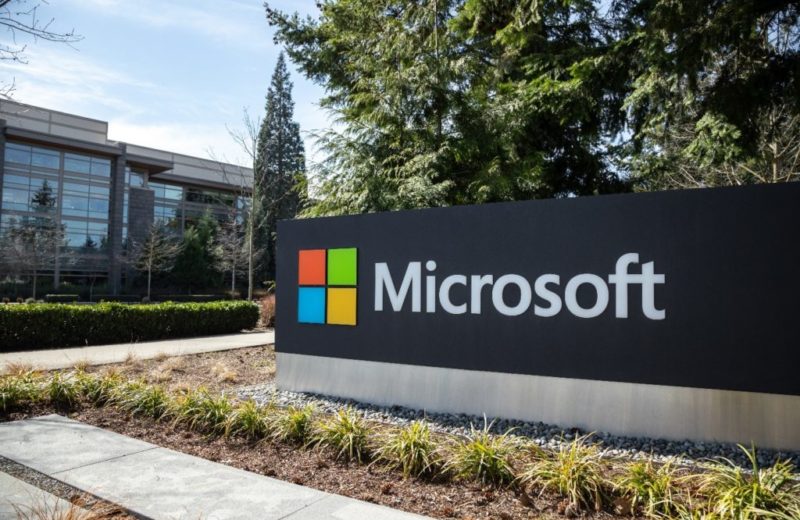On Monday, oil prices hit four-month highs. This was after attacks on crude facilities in Saudi Arabia drove worries over the impact of an oil shock on economic growth.
In addition, it has halted a positive run in world stocks and boosting demand for safe-haven assets.
Brent crude futures grew nearly 20% at one point in their biggest intra-day gain since the Gulf War in 1991, and U.S. futures soared almost 16%, both has hit their highest level since May.
On the flip side, prices came off their peaks. It was after U.S. President Donald Trump approved the use of the country’s emergency stockpile to guarantee stable supply.
Brent futures inched up 10% at $66.33 per barrel, while U.S. light crude strengthened 9.5% at $60.27.
The confusion in the oil market and poor economic data from China pushed the gold prices, the Japanese yen and Swiss franc higher.
Moreover, it has sent core euro zone bond yields lower, even though the broader fallout on markets was not affected.
CEO at UBS Global Wealth Management, Mark Haefele said, “while the attacks present yet another headwind for a global economy that is already buffeted by deteriorating manufacturing activity and elevated trade tensions, we don’t believe that this short-term disruption to oil production will trigger a global recession.”
He also added, “on the back of geopolitical and market uncertainties, thematic gold exposure is still advised alongside countercyclical positions such as Japanese yen longs.”
Stocks Four-Day Winning Streak Deadlock
World stocks paused a four-day winning streak to trade slightly lower, down 0.15% on the day.
European shares declined 0.4% and Wall Street gestured a weak start too. This is with futures for the S&P 500 off 0.4%.
Monday’s rapid release in crude prices came at a time when central banks in the United States, Europe and Asia are enabling monetary policy.
It is to fight a strike in the global economy amid a drawn-out trade war between Washington and Beijing.
Meanwhile, the U.S. Federal Reserve is due to hold its next policy assembly on Wednesday. This is where it is widely projected to ease interest rates and signal its future policy path.
The prospects of monetary policy inducement have been supporting offset immediate concerns over the economy. It is also supporting equity prices.
In January 2018, world stocks are trading just around 2% below the all-time peak they hit.
On Monday, data from China highlighted a slowdown in the world’s No. 2 economy. Although, it has strengthened optimisms of more stimulus policies from Beijing to underpin the economy.
















